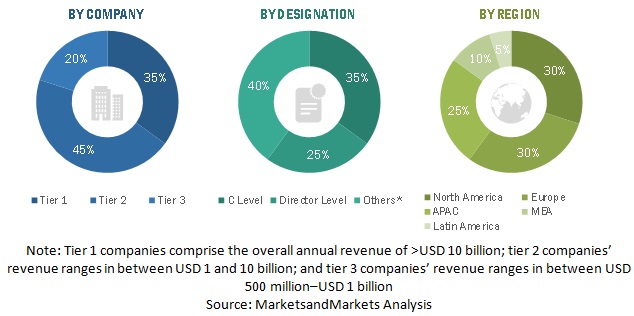
Performance Boost: Unleashing Sports Analytics Power
Sports analytics has become a driving force behind athlete performance enhancement, revolutionizing the way teams and individuals approach training, strategy, and overall game improvement.
1. Data-Driven Training Strategies:
Sports analytics provides coaches and athletes with a wealth of data to inform and optimize training strategies. From monitoring fitness levels to analyzing biomechanics, the data-driven approach allows for personalized training regimens tailored to individual strengths and weaknesses. This precision in training leads to more efficient workouts and better performance outcomes.
2. In-Game Tactical Insights:
The real-time nature of sports analytics has transformed in-game decision-making. Coaches can receive live data on player movements, opposition strategies, and key performance indicators during a match. This enables quick tactical adjustments, ensuring teams can capitalize on strengths and exploit opponents’ weaknesses as the game unfolds.
Linking to the Future:
For a glimpse into the future of sports analytics for performance enhancement, explore Sports Analytics for Performance Enhancement. This platform showcases the latest innovations and features that redefine the application of analytics in sports.
3. Player Health and Injury Prevention:
Sports analytics plays a crucial role in monitoring player health and preventing injuries. By tracking workload, fatigue levels, and biomechanical data, teams can identify potential injury risks and implement preventive measures. This proactive approach not only enhances performance but also prolongs athletes’ careers by minimizing the risk of injuries.
4. Strategic Recruitment and Team Building:
In the realm of team sports, analytics has transformed recruitment and team-building strategies. Teams use statistical analysis to identify players whose skills align with their playing style and strategic goals. This data-driven approach to recruitment enhances team cohesion and contributes to the creation of well-balanced and competitive squads.
5. Efficient Scouting and Talent Identification:
Scouting for talent has evolved with the integration of sports analytics. Analysts use advanced metrics to assess player performance in various aspects of the game. This efficiency in scouting not only streamlines the talent identification process but also ensures that teams can make well-informed decisions when acquiring new players.
6. Performance Benchmarking and Goal Setting:
Analytics enables performance benchmarking, allowing athletes to set realistic and achievable goals. By comparing individual and team performance metrics to historical data or industry standards, athletes can establish targets for improvement. This goal-oriented approach fosters motivation and provides a roadmap for continuous enhancement.
7. Enhancing Fan Engagement:
The impact of sports analytics extends beyond the playing field to enhance fan engagement. Advanced statistics, visualizations, and data-driven insights are incorporated into broadcasts, providing fans with a deeper understanding of the game. This engagement not only educates the audience but also contributes to the overall enjoyment of the sports experience.
8. Evolution of Sports Strategy:
As sports analytics becomes more sophisticated, it has led to an evolution in sports strategy. Coaches are now incorporating analytics into long-term strategic planning, game simulations, and scenario analysis. This strategic evolution is reshaping the way teams approach competitions and adapt to changing circumstances.
In conclusion, the power of sports analytics for performance enhancement is undeniable. From data-driven training strategies and in-game tactical insights to player health monitoring and efficient scouting, analytics has permeated every facet of the sports world. As technology continues to advance, the future promises even more groundbreaking applications that will redefine how athletes, teams, and fans experience and engage with sports.



